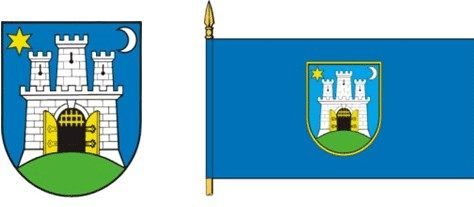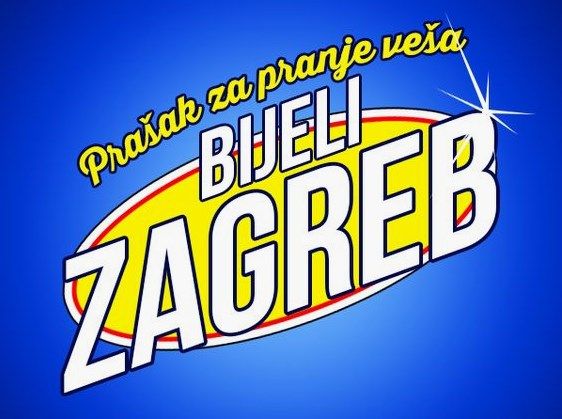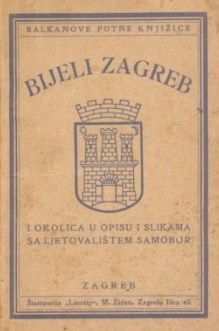You’ve probably heard older people in Zagreb and numerous folk songs using “bijeli Zagreb grad” (White Zagreb) as a term of endearment when referring to Zagreb.
Case in point:
Dinamo’s anthem
Ivo Robić
Lepe ti je Zagorje zelene
So, one would imagine that the official colour of Zagreb is white, right?
Well, not really.
The official colour, as anyone who visits Zagreb can tell you, is blue: the colour of the sky, the Sava, Dinamo, trams and buses. Various businesses have “plavi” in their names: Soundest plavi radio station, Zagrebački plavi skyscraper and restaurant, even the City’s main office for entrepreneurs is called Plavi ured.
To find out why this is the case, let’s go back to Gradec in the 13th ct. As you probably know, Zagreb wasn’t a single city until 1850, when two towns, Kaptol and Gradec, unified and Zagreb was formed.
Gradec (present day Upper Town) was a secular town and Kaptol, with the Cathedral in its centre, was ecclesiastical. Gradec was granted the status of a free royal city by King Bela IV in 1242 and this meant that the town had an official coat of arms and seal. The town seal of Gradec on a 14th ct document shows a fortified town with three towers on a hilltop (representing Gradec). The central door is open, symbolising hospitality and willingness of its townspeople to offer shelter and lodging to any guest. Above right is a gold/yellow six-pointed star and above left is a silver/white crescent, both symbolising old Slavic gods: the star is Lada, deity of harmony, merriment, youth, love and beauty and the moon is Lelj. The blue colour of the coat of arms combined with the white/silver fortification represents a Christian motif of the Assumption of Virgin Mary (who is also the patron saint of Zagreb) and symbolizes both the conflict and the harmony between heaven and man.
The coat of arms ground used to be red, but it was replaced by the famous Zagreb blue in the late 19th ct. The coat of arms as it is today was formally adopted in 1999.

Ok, but what about white?
Some sources say that it refers to the white slopes of Medvednica, some even claim that we have the traditional laundry women from Šestine to thank for the adjective (more on them here) – one of the first laundry detergents was called Bijeli Zagreb, but there’s also a theory saying that the “bijeli” part doesn’t really refer to the colour, but that it actually refers to the archaic meaning of the word white – “unsullied; pure.”

Zagreb facts, Pinterest
This theory actually makes sense – when Janko Kamauf was chosen as the first mayor of the unified city, a “Committee for the Beautification of the City” was founded. Zagreb truly earned the “white” adjective in 1892-1904 period, when Adolf Mošinski was the mayor: the Medveščak creek was covered, sewer was introduced, some of the most beautiful city parks were built, as well as the monumental town palaces and buildings located along the Green Horseshoe.
The “Bijeli Zagreb Grad” phrase found its way into the official city documents in Vjekoslav Henizel’s mandate of mayor (1920-1928), when Dolac market was built and the city limits spread east.
All the mayors after that continued, with varying levels of success, making Zagreb even more beautiful and adding more recognisable blue elements to the city.

Njuškalo
So what is it then, white or blue?
In my humble opinion, an ideal combination of both.
Sources: povijest.hr, www.zagreb.hr,








